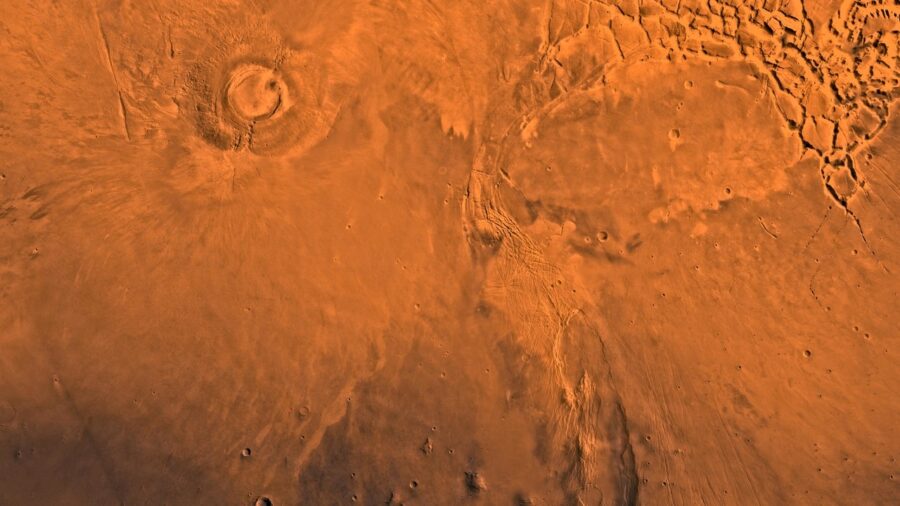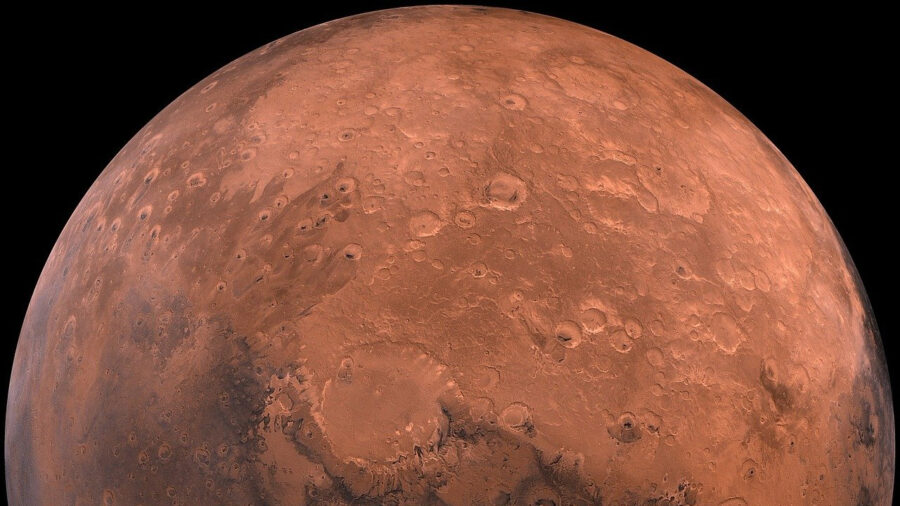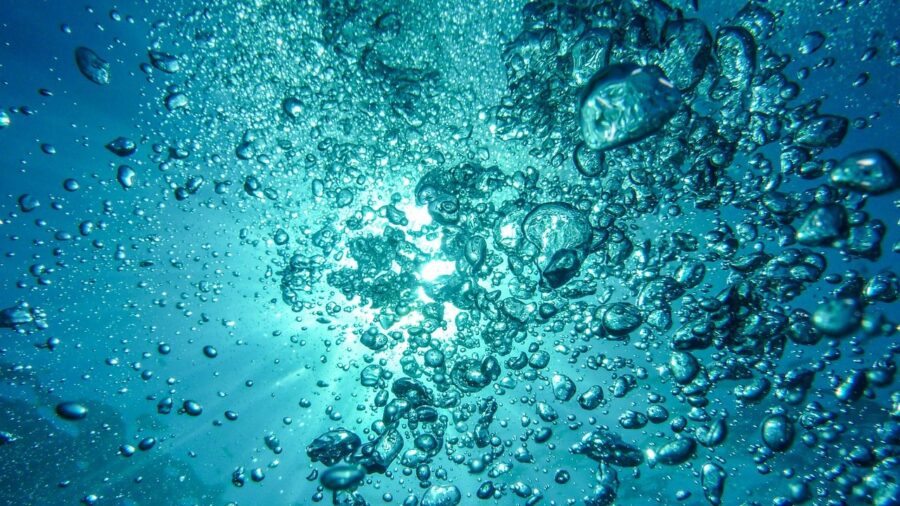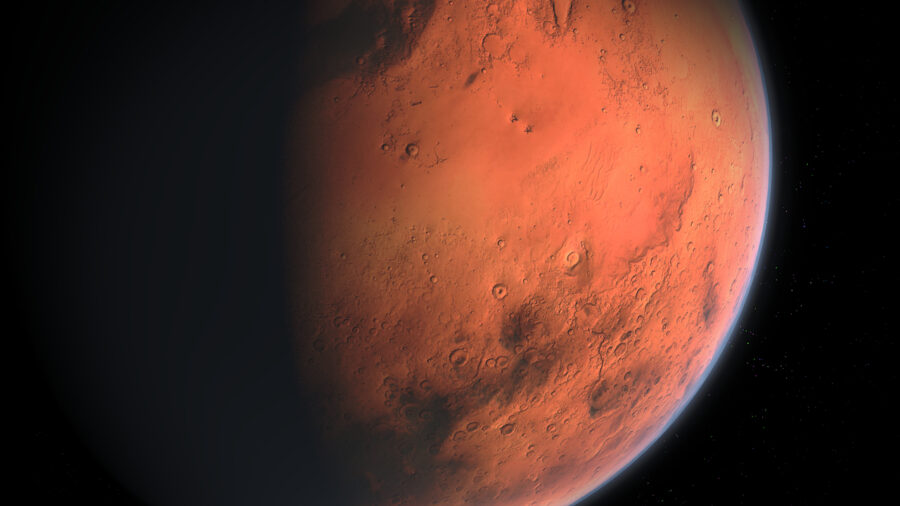Mars Ocean Hiding On The Red Planet Discovered

The debate on whether life on Mars is possible has been argued about for years, especially since the discovery of ice on the Red Planet in 2008 thanks to NASA’s Phoenix lander. But the debate has now gotten a little more interesting following the discovery of a Mars ocean filled with water. The finding was made by a team of researchers analyzing data from NASA’s InSight lander, which was sent to study the interior of Mars.
The Mission

On May 5, 2018, NASA launched the InSight lander from Vandenberg Air Force Base, California. Following a six-month flight, the lander touched down on Mars in Elysium Planitia on November 26, 2018.
With a four-year mission planned for the lander, it’s primary goal was to research the Mars’ interior structure by utilizing a seismometer and heat flow probe from the deck and placing them on the surface.
Seismic Activity

The lander’s seismometer recorded four years worth of vibrations due to Mars’ many quakes. In that time, InSight documented over 1,300 individual quakes that occurred deep inside the Martian interior.
After analyzing the date received from the InSight lander, researchers have discovered seismic activity that would indicate the existence of liquid water, which likely points to a subterranean Mars ocean.
The Researchers

The finding was made by Scripps Institution of Oceanography at the University of California, San Diego geophysicists Vashan Wright and Matthias Morzfeld and University of California, Berkeley professor of planetary science Michael Manga.
The three researchers studied the different speeds of the 1,319 quakes recorded by the InSight lander and ran the data through a mathematical model detailing the physics of various rocks in Mars’ interior. “These are actually the same techniques we use to prospect for water on Earth, or to look for oil and gas,” said Manga.
While the researchers didn’t get rich striking oil on the Red Planet, their findings revealed a significant Mars ocean well below the planet’s surface. The data suggests that the reservoirs of water at depths of anywhere from six to twelve miles inside the Martian crust.
The Ongoing Mystery

According to Wright, the discovery is a major stepping stone in the research of the Red Planet. “Understanding the Martian water cycle is critical for understanding the evolution of the climate, surface and interior,” Wright said. The research team hopes to learn how much water passed through the surface of Mars and where.
For years, researchers have questioned where all of that water on the surface went. With the findings of the Phoenix lander in 2008, researchers saw the Martian polar ice caps as only a small piece of the puzzle.
The recent discovery of the Mars ocean has slowly begun to help unravel the mystery of the planet.
Future Data

It had been previously believed that much of the water that filled up Mars’ oceans, lakes, and riverbeds simply turned to vapor and escaped into the atmosphere, due in part to the planet’s low gravity.
Thanks to data provided by the InSight lander, researchers can theoretically look to the Mars ocean for future missions to obtain even more valuable data by collecting water samples. However, with the water sitting six to twelve miles underneath the surface, these missions may prove to be too impractical at this time.
Despite the inability to obtain water samples, researchers have scored a major victory by confirming the underground Mars ocean. While there is still a long road ahead to prove the existence of life on Mars from the discovery of liquid water, researchers are optimistic.
“We haven’t found any evidence for life on Mars, but at least we have identified a place that should, in principle, be able to sustain life,” says Manga.
Source: BBC











